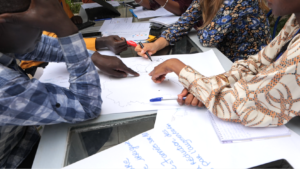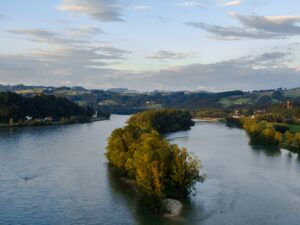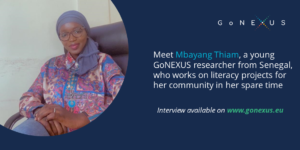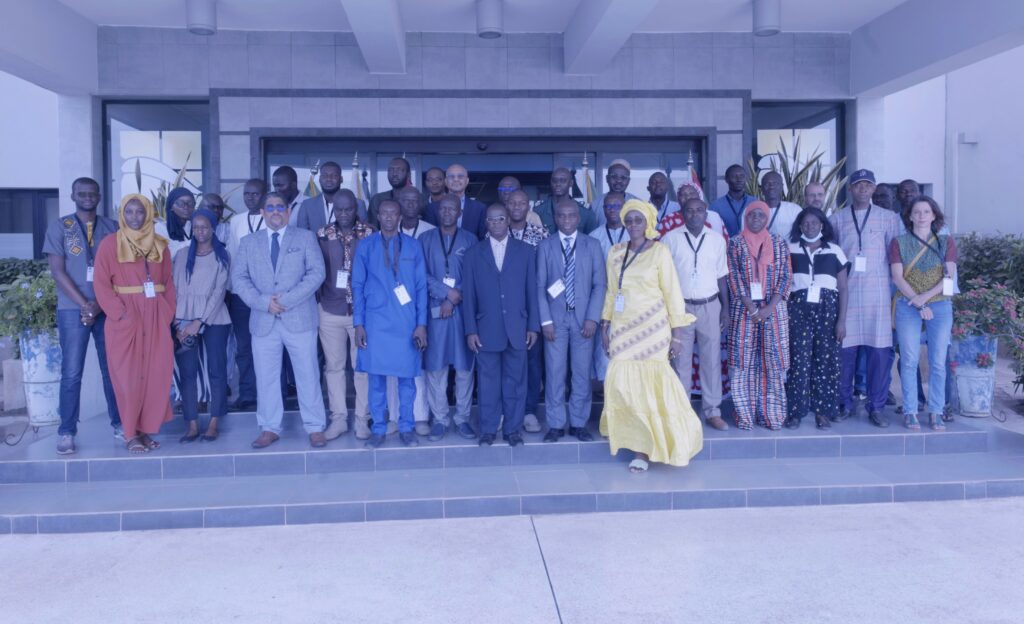
Senegal River Basin : Key takeaways from the first Stakeholder Dialogue
On the 19th and 20th of October, stakeholders of the Senegal river basin gathered in Dakar to build a shared vision of the main challenges and drivers of change in the Senegal River Basin.
The event was co-organised by Cheikh Anta Diop University in Dakar and Laval University (Canada), with the support of the Organisation for the Development of the Senegal River (OMVS) and the Bureau of Geological and Mining Research (BRGM – France). Laura Seguin from BRGM explains the main takeaways from the event in the article below.
The one-and-a-half-day dialogue brought together thirty actors representing the different dimensions of the Nexus: representatives of public authorities, national water infrastructure management companies, the agricultural sector, funders, NGOs and researchers. The major pitfalls concerning the participants was the lack of stakeholders from Mauritania, Mali and Guinea since only Senegalese actors had responded positively to the invitation. We plan to propose an exchange by videoconference with the missing stakeholders, in order to report to them the outcomes of the first dialogue and to mobilise them in the next stages of the project.
The dialogue was built on the basis of the initial analysis of stakeholders’ perceptions of basin management issues, carried out during a semi-structured interview survey conducted by Rahim Ouedraogo (BRGM) in May and August 2022. The study report was sent beforehand to the invited actors, who had been able to read it before the dialogue. The dialogue was built around 3 discussion sessions, which included feedback from this survey, collective discussions, and working in subgroups (6-7 people).

1. Identification of major issues
The workshop led to the identification of 4 major issues involving tensions between the different actors and user sectors of the Senegal River:
- Access and sharing of land
- Pollution of river water
- Access and sharing of water
- Artificialisation of the hydrological flows of the river
The participants were then divided into 4 subgroups to carry out participatory modelling work. During this exercise, they had to represent all the important elements (the actors, the resources they mobilise and/or impact, the relationships between these elements) to be taken into consideration to explore ways to improve the management of each of the issues. Each of the groups produced a diagram describing the entire socio-ecosystem of the identified issue. This work will be particularly useful when considering the solutions created, this will be explored in the subsequent dialogues.

2. Key drivers of change
The second day of the workshop was devoted to identifying the drivers of change that may disrupt the balance between sectors in the field of water management by 2050. The objective was to collect participants’ visions on both the probable and desirable futures of the region. These insights feed the work of the GoNEXUS team on the construction of future scenarios that will be discussed at the next workshop.
The participants were first asked to express their vision of the future of the Senegal River using the words or expressions of their choice.
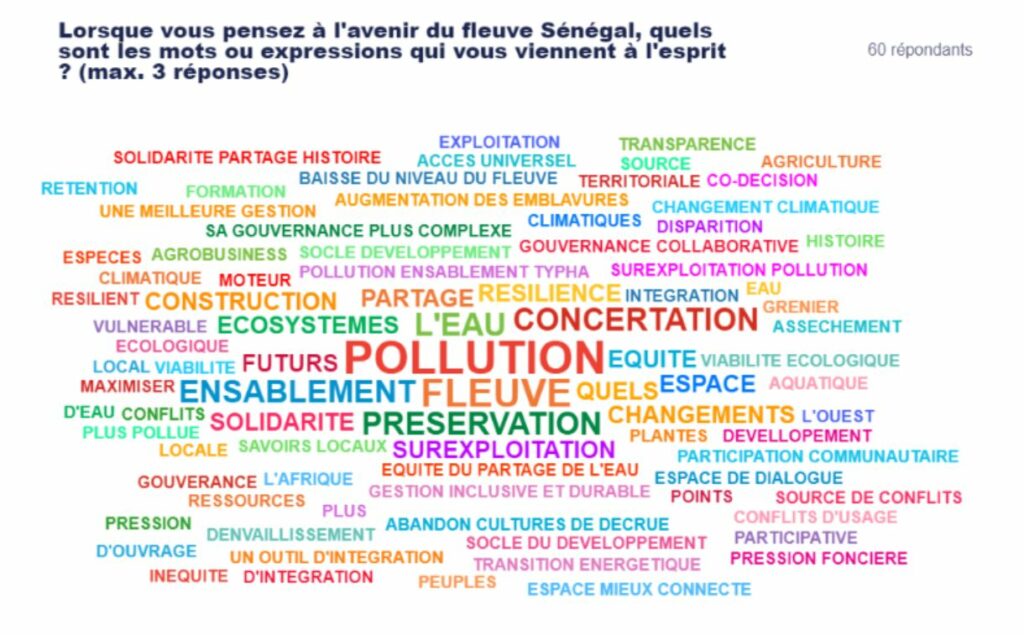
Then they agreed on the major factors of change to be taken into consideration:
- Climate change
- Population growth
- The social and political situation
- Food security
- The energy sector
- The mining sector
- Participation of riparian populations in river management decisions
A distinction was made between:
- The drivers of change whose trends are sufficiently established through existing scientific knowledge, here climate change, and population growth
- The factors of change where there are more uncertainties concerning the different hypotheses of evolution, it is on these factors that it was essential to collect the views of the participants who then worked in 4 subgroups for each of the factors identified.
Participants then worked in subgroups on the drivers of change for which there are significant uncertainties. Their objective was to formulate the different hypotheses of evolution of each of the factors, both hypotheses that seemed realistic to them, and those that seemed desirable to them (in an ideal world).
3. Discussion on the hydroeconomic model
For the last session of the dialogue, Laurent Bruckmann from Laval University, presented the hydro-economic model that will be mobilised for the exploration of scenarios for the evolution of river management. This was followed by a discussion on model modelling capabilities, available or missing data, possible improvements, and limitations to expect.
At the end of the workshop, participants had a few minutes to complete a short evaluation questionnaire. As this is the beginning of the process, a ‘Save the Date’ was shared with the participants for the spring of 2023 for the next stage.
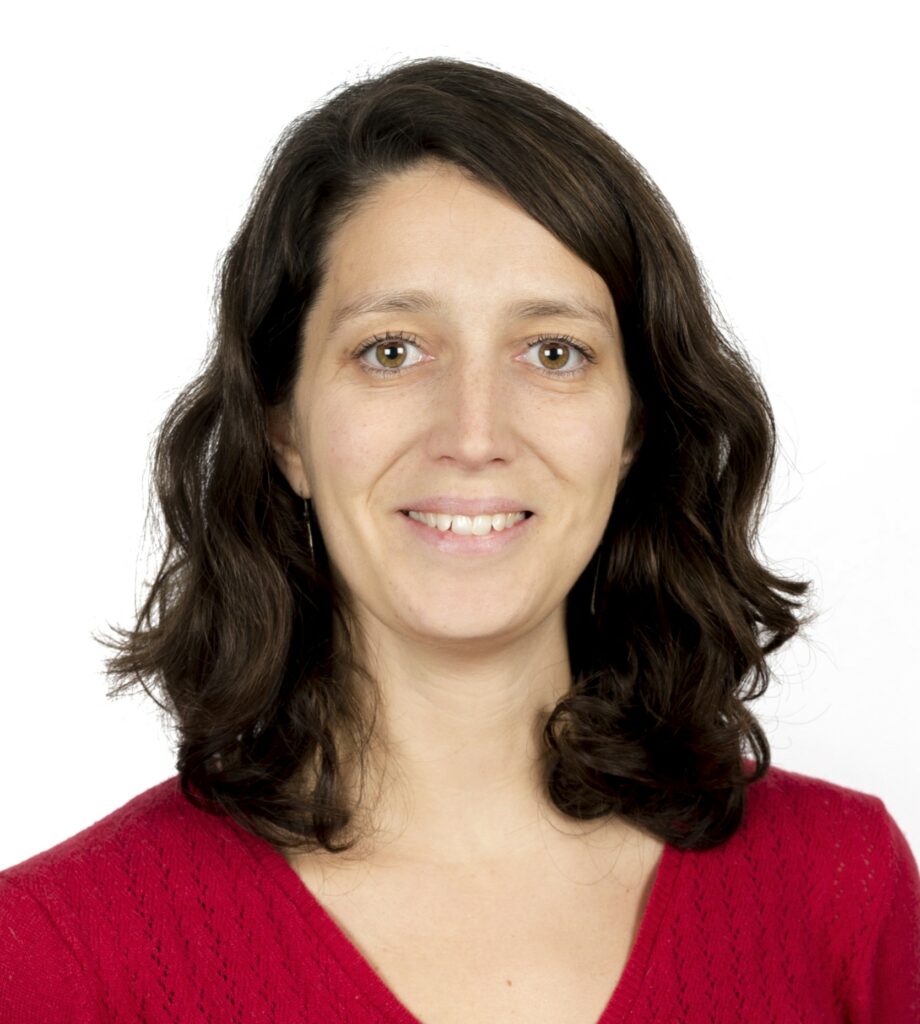
Article authored by Laura Seguin, Sociologist from the water, environment, process and analysis direction at BRGM, the French reference public institution for Earth Science applications.

